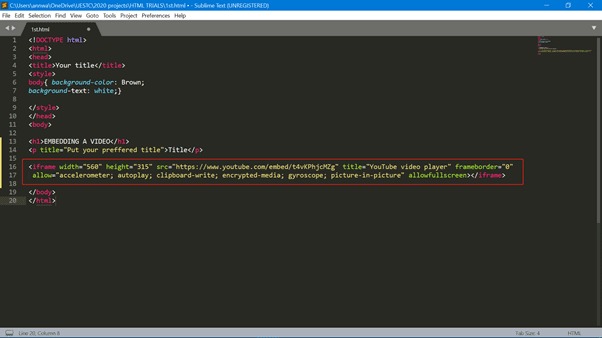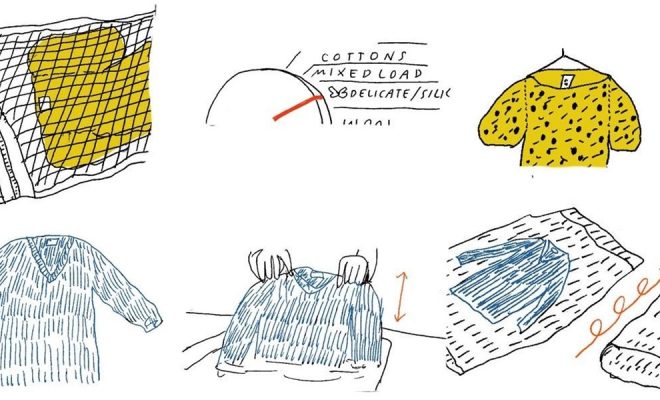How to Scuff Sand: 10 Steps

Scuff sanding is a simple yet essential process for many woodworking and painting projects. It helps to prepare surfaces for painting, improve adhesion, and achieve a smooth finish. In this article, we will guide you through the 10 steps to master the skill of scuff sanding.
1. Gather materials: You will need a few essential materials to get started with scuff sanding, including sandpaper or a sanding sponge, a soft cloth, and if painting, your choice of paint or primer.
2. Choose the appropriate grit: Select the right grit of sandpaper depending on the surface you are working on. A grit between 180 and 220 is usually suitable for scuff sanding purposes.
3. Clean the surface: Start by cleaning the surface you plan to scuff sand thoroughly. This may include wiping away dust or vacuuming up debris so that nothing hinders your sanding process.
4. Prepare your workspace: Ensure you have ample space to work in and set up proper ventilation if you’re working indoors. Make sure your workstation is well-lit so that you can see and assess your work as you go.
5. Begin sanding: Sand in a circular motion with consistent pressure, making sure not to stay in one spot for too long. The goal is to create an even scuffed surface without causing any damage.
6. Keep it steady: Maintain uniform pressure while sanding so that no areas receive more abrasive action than others.
7. Switch directions: Change direction occasionally to prevent developing any unwanted patterns on the surface.
8. Check your progress: Periodically examine your work as you go by stopping and inspecting the surface to ensure it is consistently scuffed and no spots have been missed.
9. Clean up: Once complete, wipe off any residual dust with a clean rag or use a vacuum cleaner to remove sawdust. It is essential to remove all the dust to ensure proper adhesion of paint or primer.
10. Apply paint or primer: If you’re preparing the surface for painting, follow scuff sanding with the application of an appropriate primer or paint to achieve a professional and smooth finish.
In conclusion, scuff sanding is a valuable technique for anyone looking to improve the appearance of their woodworking, painting, and home improvement projects. Remember these ten steps, and you will quickly become proficient in this craft, resulting in beautiful finishes on your surfaces.






